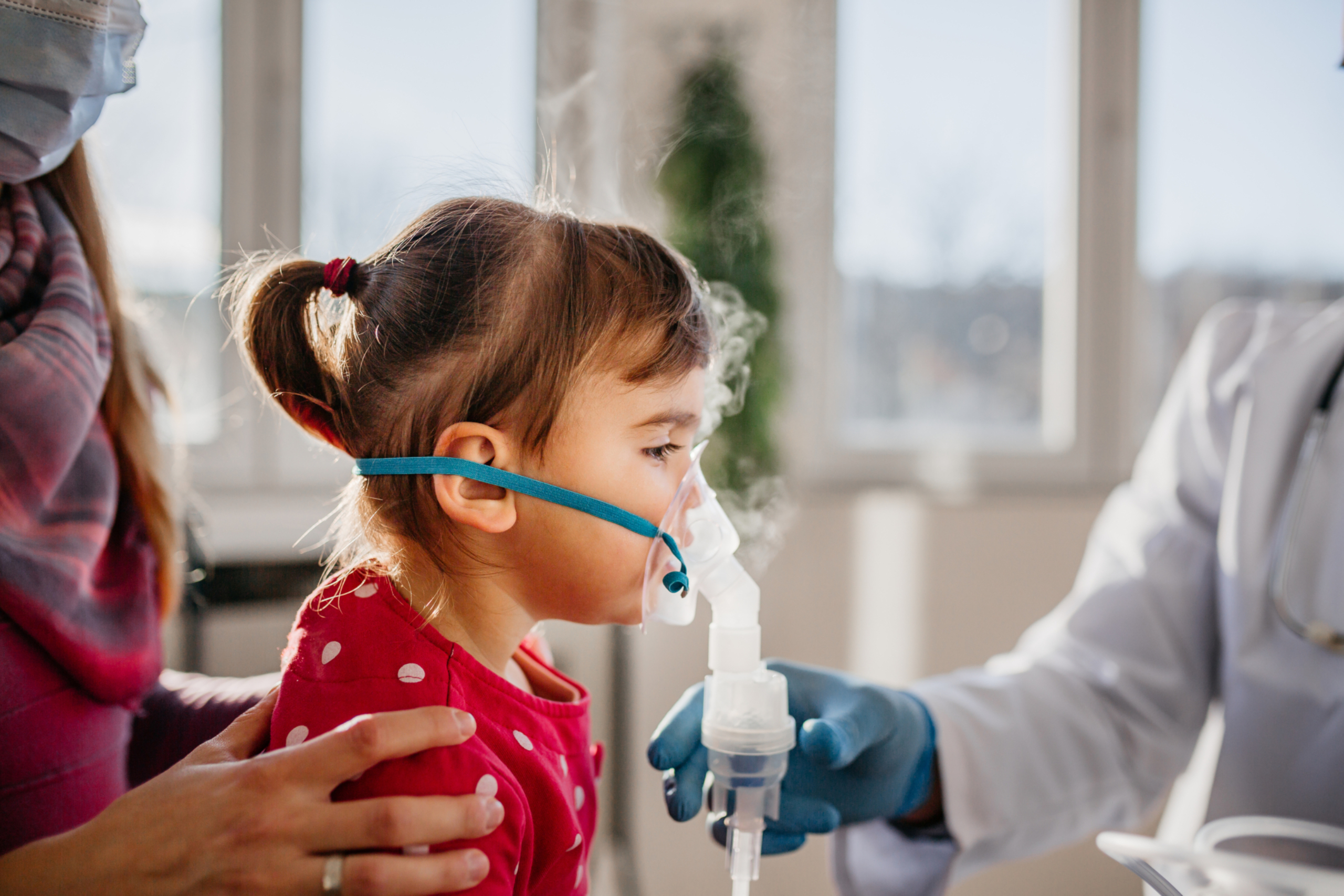As a mysterious pneumonia-like respiratory illness is affecting children and overwhelming hospitals in certain clusters across northern China, the Union Health Ministry has said that it is closely monitoring the situation and that there is a low risk to India. “Based on the currently available information, an increase in incidence of respiratory diseases in China has been reported in the last few weeks. The usual causes of respiratory illness in children have been implicated and there has been no identification of an unusual pathogen or any unexpected clinical manifestation,” said a statement from the Ministry.
The World Health Organisation (WHO) has already made an official request to that nation for detailed information on the illness. Although no known or new pathogen has been identified yet, the WHO is pressing the alert button in the wake of the COVID-19 pandemic. It doesn’t want to be caught unawares about a potential disease threat.
WHEN WAS THE DISEASE NOTIFIED?
At a press conference on November 13, 2023, Chinese authorities from the National Health Commission reported an increase in incidence of respiratory diseases in China and attributed them to circulation of common pathogens such as influenza, respiratory syncytial virus, COVID-19, and mycoplasma pneumonae. Information from the Chinese Center for Disease Control and Prevention has shown a spiral in influenza positivity since October even as COVID-19 rates continue to go down.
HOW IS INDIA MONITORING THE SCENARIO?
“These pathogens commonly cause pneumonia, especially in children. And this is a season when there is usually an increase in respiratory infections. For now, there doesn’t seem to be any cause for alarm,” said a senior official in the know of the matter.
The Health Ministry said it is also monitoring the reported case of human H9N2 avian influenza in China that was reported in October. A meeting was held under the chairmanship of the director general of health services to discuss the preparedness measures for the same. “The overall risk assessment by the WHO indicates a low probability of human to human spread and low case fatality among humans,” the statement from the health ministry said, adding that there was a “low risk to India” from both. “India is prepared for any kind of public health exigency,” the statement said.
WHAT ARE SIGNS AND SYMPTOMS?
The primary symptoms reported are consistent with pneumonia, like fever, cough, cold and breathing difficulties. Some children are requiring hospitalisation given the severity of the disease.
WHAT’S THE CHINESE EXPLANATION?
Chinese authorities attributed this increase to the lifting of COVID-19 restrictions and the circulation of known pathogens such as influenza, mycoplasma pneumoniae (a common bacterial infection which typically affects younger children), respiratory syncytial virus (RSV), and SARS-CoV-2 (the virus that causes COVID-19). Authorities stressed the need for enhanced disease surveillance in healthcare facilities and community settings, as well as strengthening the capacity of the health system to manage patients.
ADVERTISEMENT
On November 21, media and ProMED reported clusters of undiagnosed pneumonia in children in northern China. It is unclear if these are associated with the overall increase in respiratory infections previously reported by Chinese authorities, or separate events.
Since mid-October, northern China has reported an increase in influenza-like illness compared to the same period in the previous three years. China has systems in place to capture information on trends in influenza, influenza-like illnesses, RSV and SARS-CoV-2, and reports to platforms such as the Global Influenza Surveillance and Response System.
WHAT’S THE WHO’S PLAN?
On November 22, WHO requested additional epidemiologic and clinical information, as well as laboratory results from these reported clusters among children, through the International Health Regulations mechanism. It has also requested further information about recent trends in the circulation of known pathogens including influenza, SARS-CoV-2, RSV and mycoplasma pneumoniae, and the current burden on health care systems. WHO is in contact with clinicians and scientists through its existing technical partnerships and networks in China.
ALSO READ:
- Is oral sex exposing you to the risk of throat cancer?
- How to check your eligibility in Ayushman Card Scheme ?
- Loan Interest Rate Hike: Big update on personal loan takers, these banks can increase interest rates.
WHAT ABOUT PREVENTION?
WHO has recommended that people in China follow measures to reduce the risk of respiratory illness, which include recommended vaccination; keeping distance from people who are ill; staying home when ill; getting tested and medical care as needed; wearing masks as appropriate; ensuring good ventilation; and regular hand-washing.






